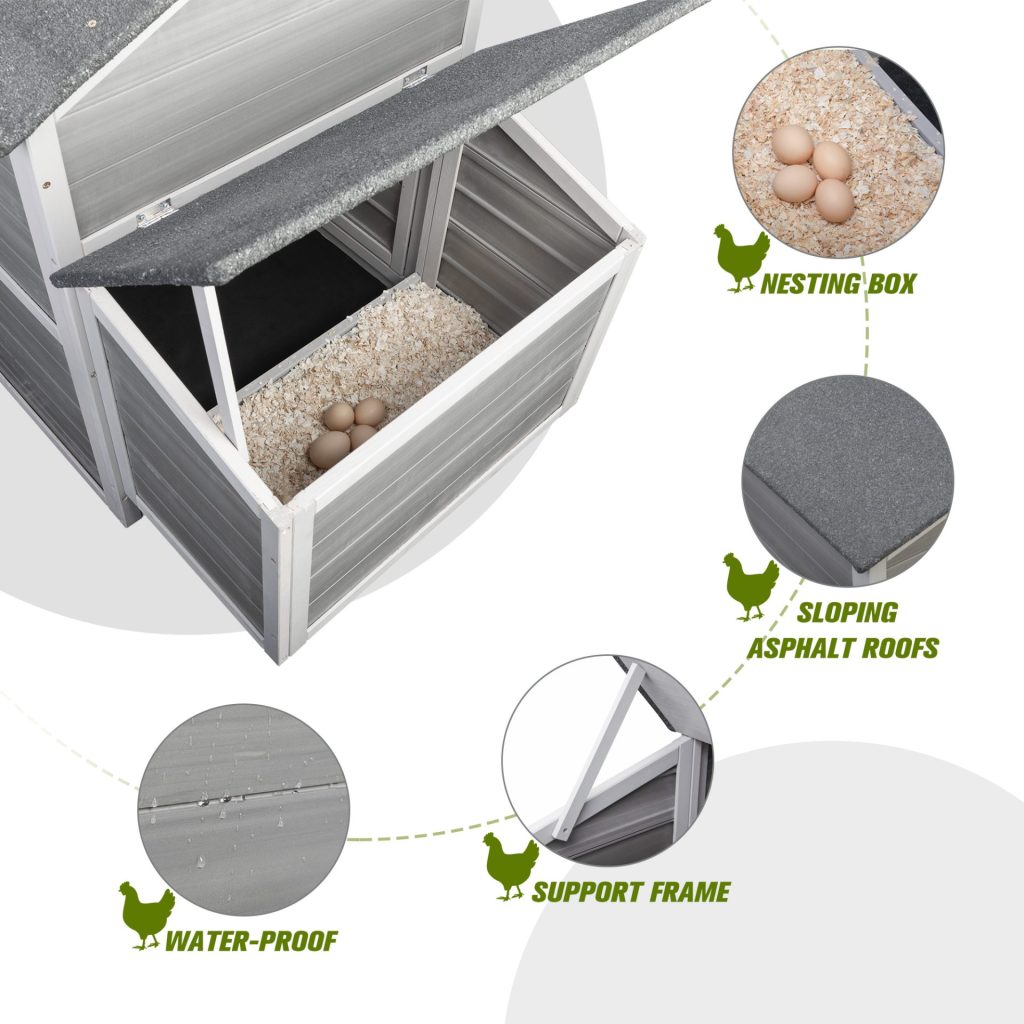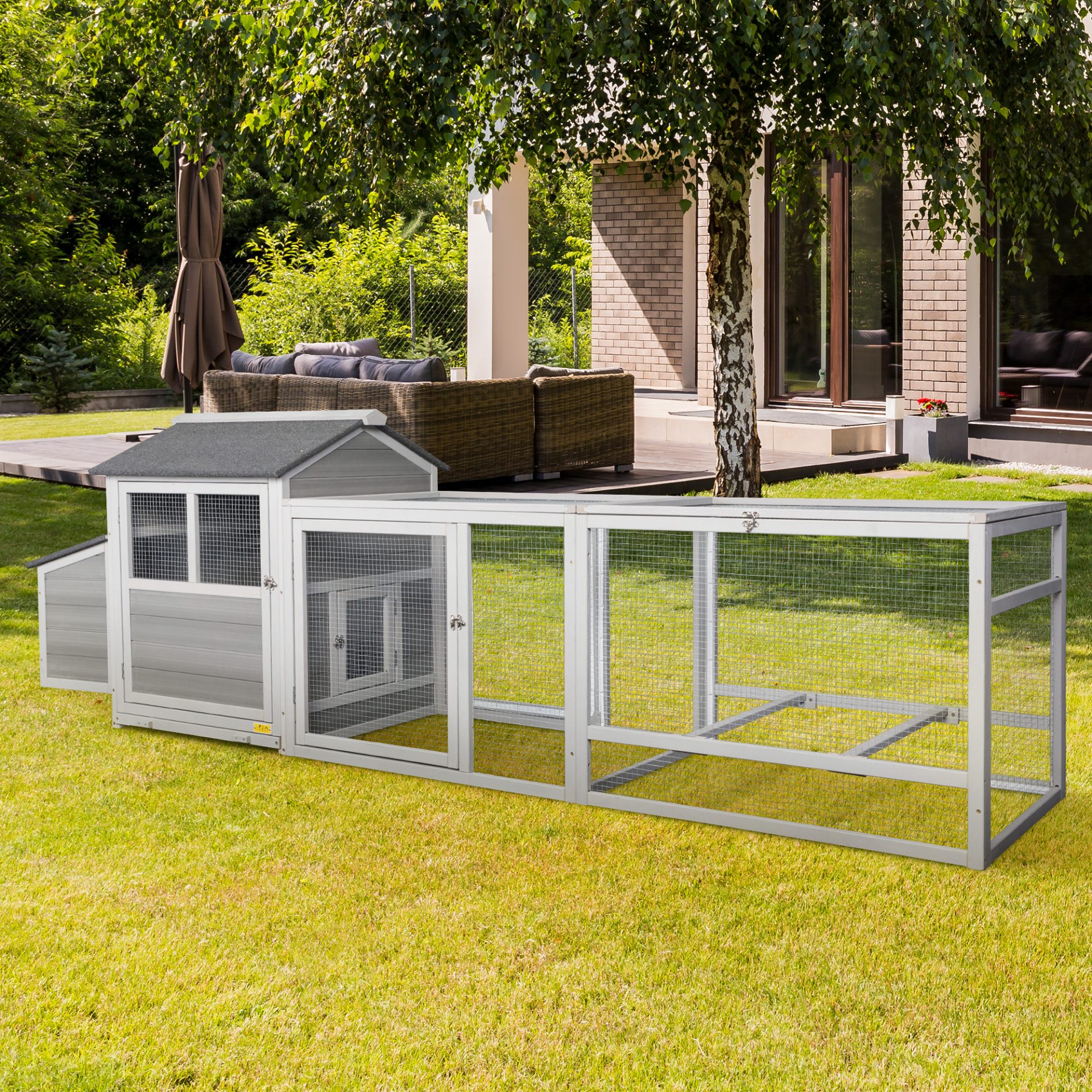One of the biggest roosters in the room is determining how frequently you should change your coop bedding. Everyone, whether a new or experienced chicken owner, shovels bedding out of their ladies’ homes at some point. But no one ever mentions it. This irony stinks worse than uninformed owners’ coops and is more perplexing than veterans who aren’t sure.
Relaxing on chicken bedding habits not only causes foul coop odors, but it also exposes your feathered friends to mold and bacteria. Additionally, leaving dusty bedding in your chicken’s home can cause respiratory problems later on. For these reasons, we want to help keep your ladies comfortable and disease-free, and we’ll tell you how often you should change your chicken bedding.
When Should I Clean Out My Chicken’s Coop?
Your coop’s changing timeline is determined by several factors, including bedding type, number of chickens, and litter method (more on this below). These are all unique to each coop, so each time you change your feathered friends’ home is unique.
For all feathered friends, we recommend changing the bedding in your chicken coop every 2-3 weeks and the nesting box as needed. Keep in mind, however, that chicken blogs and friends will provide their personal favorite changing times. In the end, these may not be appropriate for your coop situation, so you should evaluate your coop and nesting boxes.
Money-Saving Chicken Litter Methods
Now that you know how frequently you should change your chicken bedding in general, we’d like to share some trade secrets to help you save time and money. We believe that changing your bedding materials should not be expensive or wasteful, harming the environment in the process.
The Deep Litter Method is the Holy Grail of environmentally friendly litter methods, converting nasty chicken bedding into compost. It’s also preferable to your chicken poop becoming the sticky slab of a landfill glacier.

The Innovative Deep Litter Method
You begin this super cool chicken bedding method by adding 4-6 inches of bedding to your ladies’ coop. Most blogs will advise you to use pine shavings because they do not degrade quickly. These wood shavings not only keep them comfortable, but also keep poop from falling on the coop floor, allowing you to avoid changing bedding for an extended period of time. However, we want to warn you that wood bedding can be harmful to your chickens and that you should use an alternative, such as hemp bedding.
As the process progresses, you will continue to add other shavings to the coop to add more cushion and absorbency on top. Chickens enjoy scratching and pecking their new bedding as they live their plush lives, which aerates their compost rug. After six months of receiving oxygen and moisture content, the Deep Litter will transform into nitrogen-rich compost, ready for your vegetable garden or compost pile.
The Old Way to Change Chicken Bedding
If you’ve had feathered friends for a long time, you’ll be painfully reminded of this wasteful method of changing bedding. Every 2-3 weeks, you’ll go into your coop and snow shovel all the bad bedding out in exchange for new bedding. Rather than the clever Deep Litter Method, in which you prepare and then rest for 6 months, the old way requires no preparation and requires more work in the long run.
With the Normal Litter Method, you only have a few inches of bedding, so you’ll need to change it more frequently. Furthermore, because you lack a thick bedding layer to protect the floor, a full-coop cleaning will be required. The Deep Litter Method, on the other hand, does not have this issue because the 4-6 inches of bedding prevents poop from falling to the ground. Because mold and bacteria will not grow, you can avoid deep cleaning the coop and relax.
Don’t Just Change Your Bedding: Pick It!
The age-old question for chicken owners is how frequently to change their chicken bedding (older than the theropod dinosaurs that chickens came from). Despite the community’s ambiguity, you can follow our general 2-3 coop policy or try out the deep litter method. You can then save time and money on chicken coop bedding and cleaning.
While litter methods are important for changing bedding less frequently, we believe that the type of bedding you select is equally important. You’ll need absorbent bedding to soak up chicken messes and protect them from odors and diseases.

